Zygomycetes
1/23
There's no tags or description
Looks like no tags are added yet.
Name | Mastery | Learn | Test | Matching | Spaced |
|---|
No study sessions yet.
24 Terms
Zygomycetes have what kind of septa?
Aseptate or sparsely septate
What are three genuses of Zygomycetes?
Rhizopus
Mucor
Syncephalastrum
What disease is caused by Rhizopus spp?
Zygomycosis
What are the clinical manifestations of Zygomycosis?
Rhinocerebral
Pulmonary
Disseminated
Gastrointestinal
Cutaneous
Miscellaneous
How is zygomycosis commonly manifested in people with diabetic ketoacidosis?
Rhinocerebral
How is Zygomycosis commonly manifested in people with leukemia?
Pulmonary
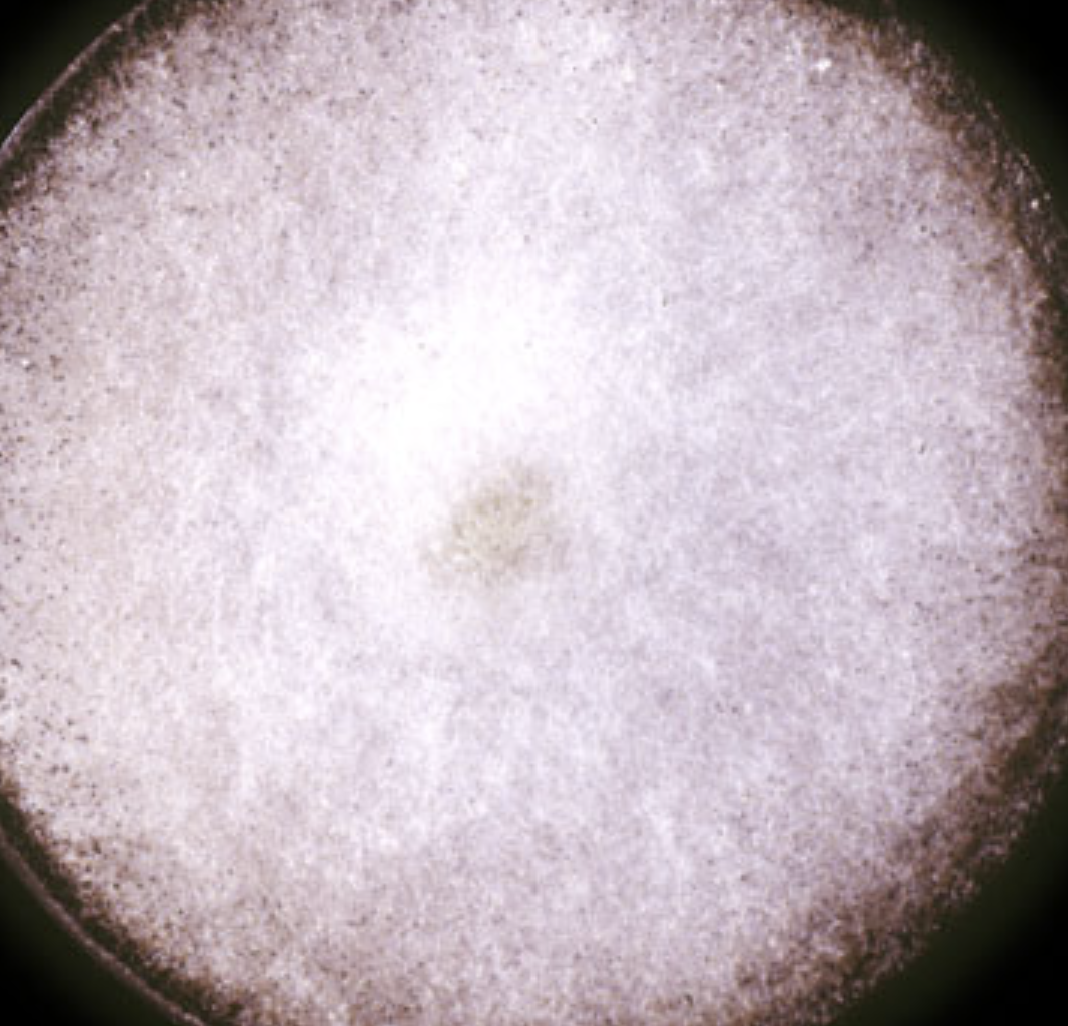
What organism is this? Obverse or reverse?
Rhizopus obverse
What is formed on Rhizopus species where the stolon and sporangiophores meet?
Root-like hyphae (rhizoids)
What is formed at the termination of the sporangiophores?
A dark, round sporangium containing a columella with many oval, colorless or brown spores
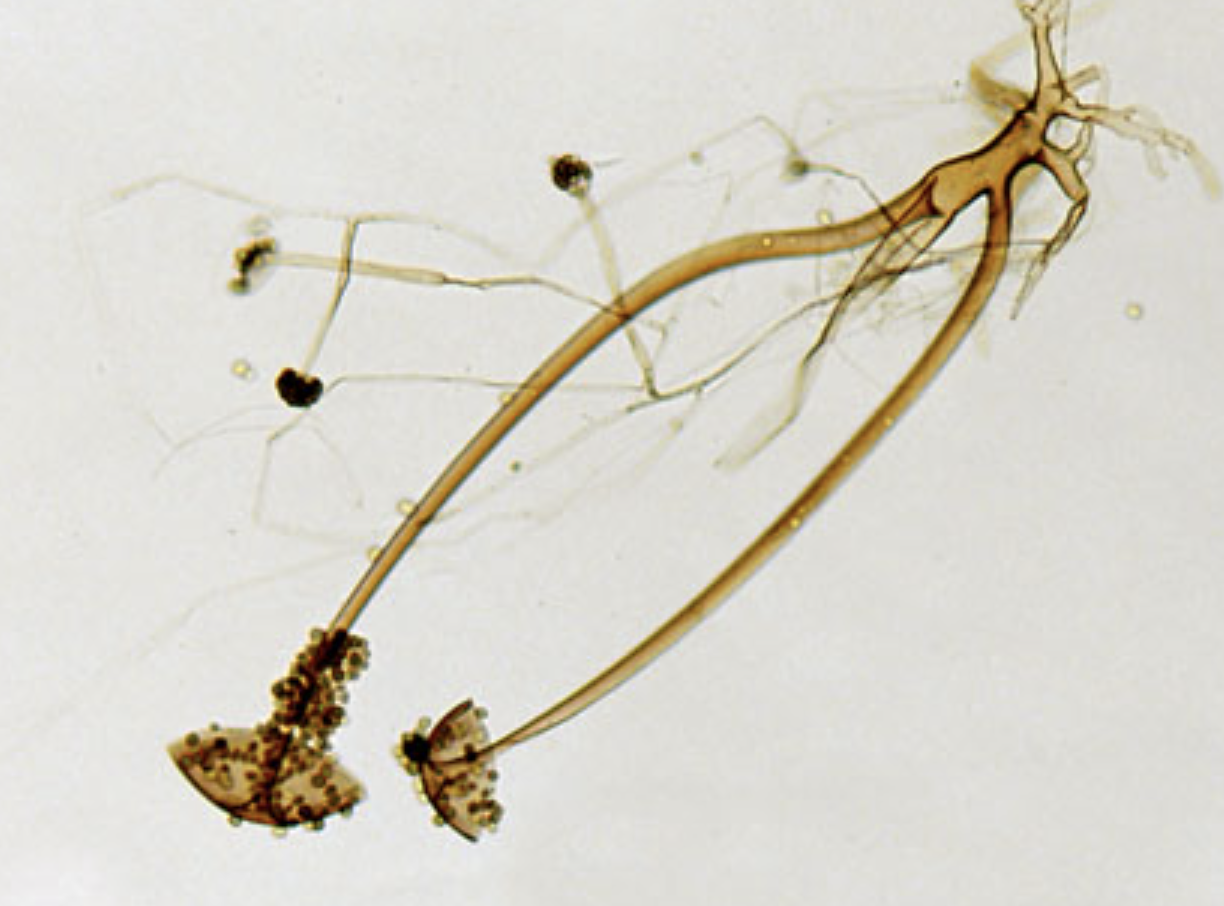
What organism is this?
Rhizopus
What is the clinical significance of mucor species?
It’s a common contaminant, but can cause zygomycosis
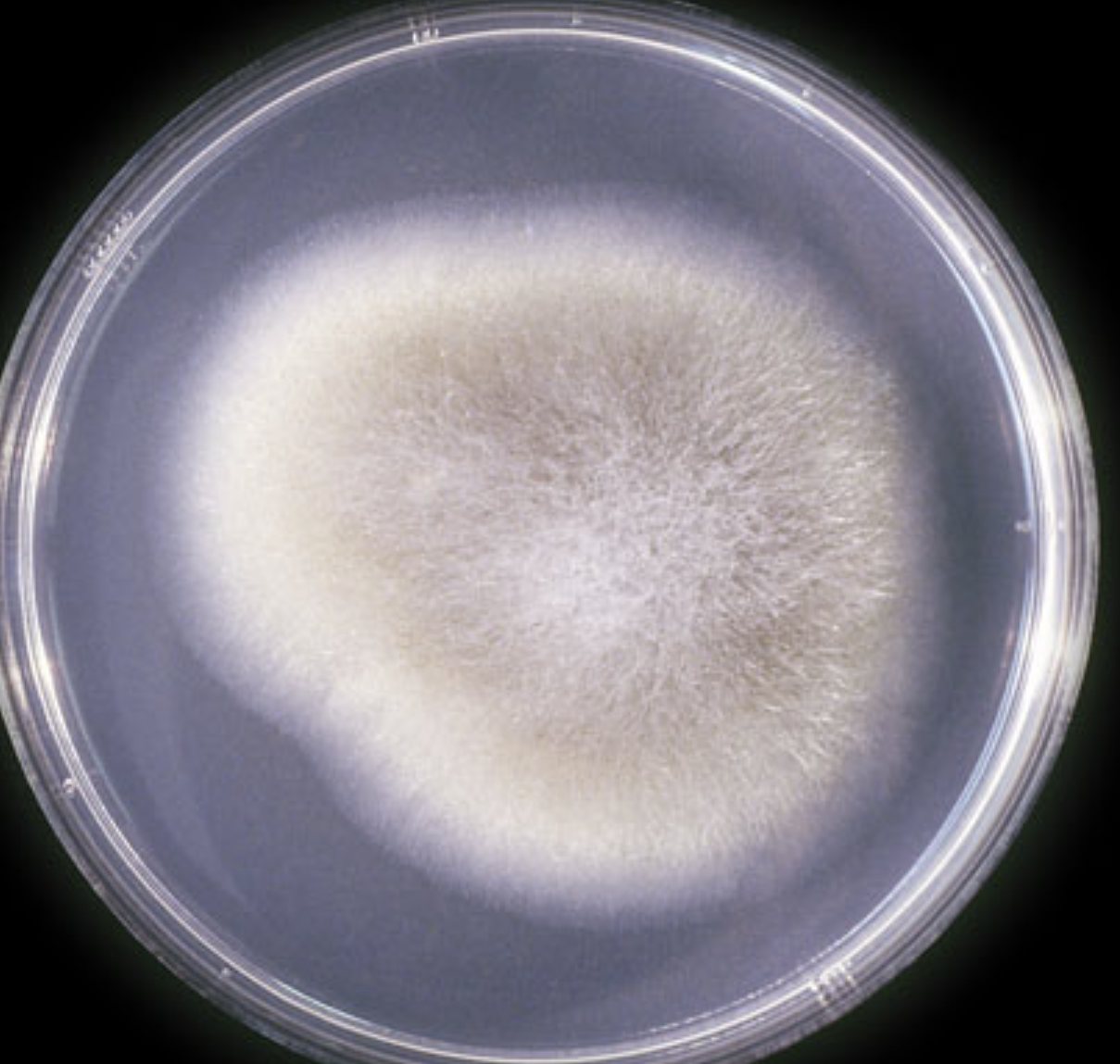
What species is this? Obverse or reverse?
Mucor obverse
What is the shape of the sporangiophores on mucor species?
Long and branched
What do the sporangiophores on mucor species bear?
Terminal round, spore-filled sporangia
Where is the columella in mucor species? How is it seen?
Inside the sporangium wall
When the sporangium wall ruptures
Does mucor have rhizoids?
No
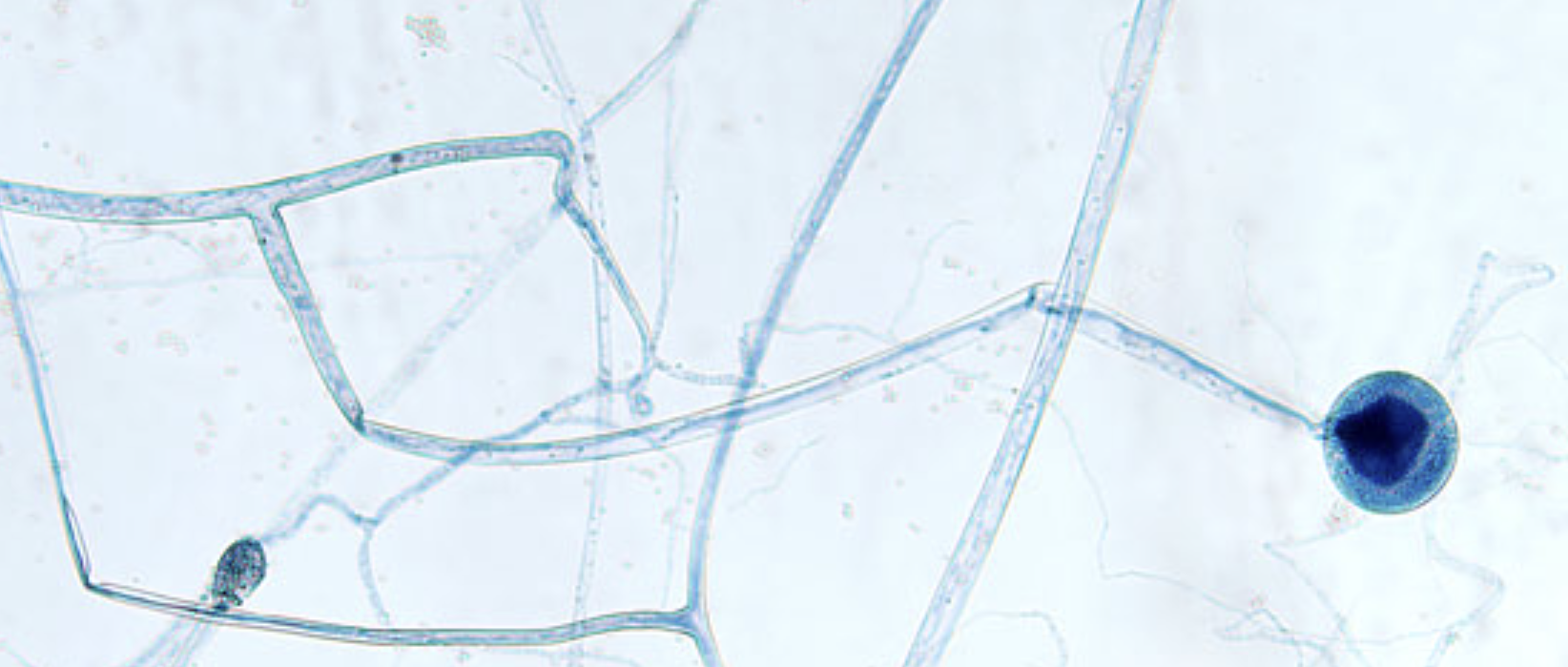
What species is this?
Mucor (unruptured sporangia)
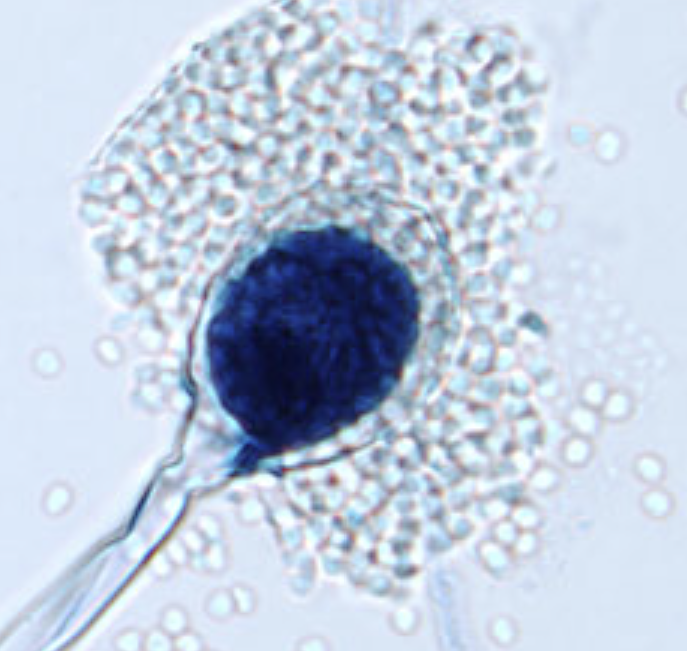
What species is this?
Mucor with ruptured sporangia
What is the clinical significance of Syncephalastrum?
Contaminant; not known to be pathogenic
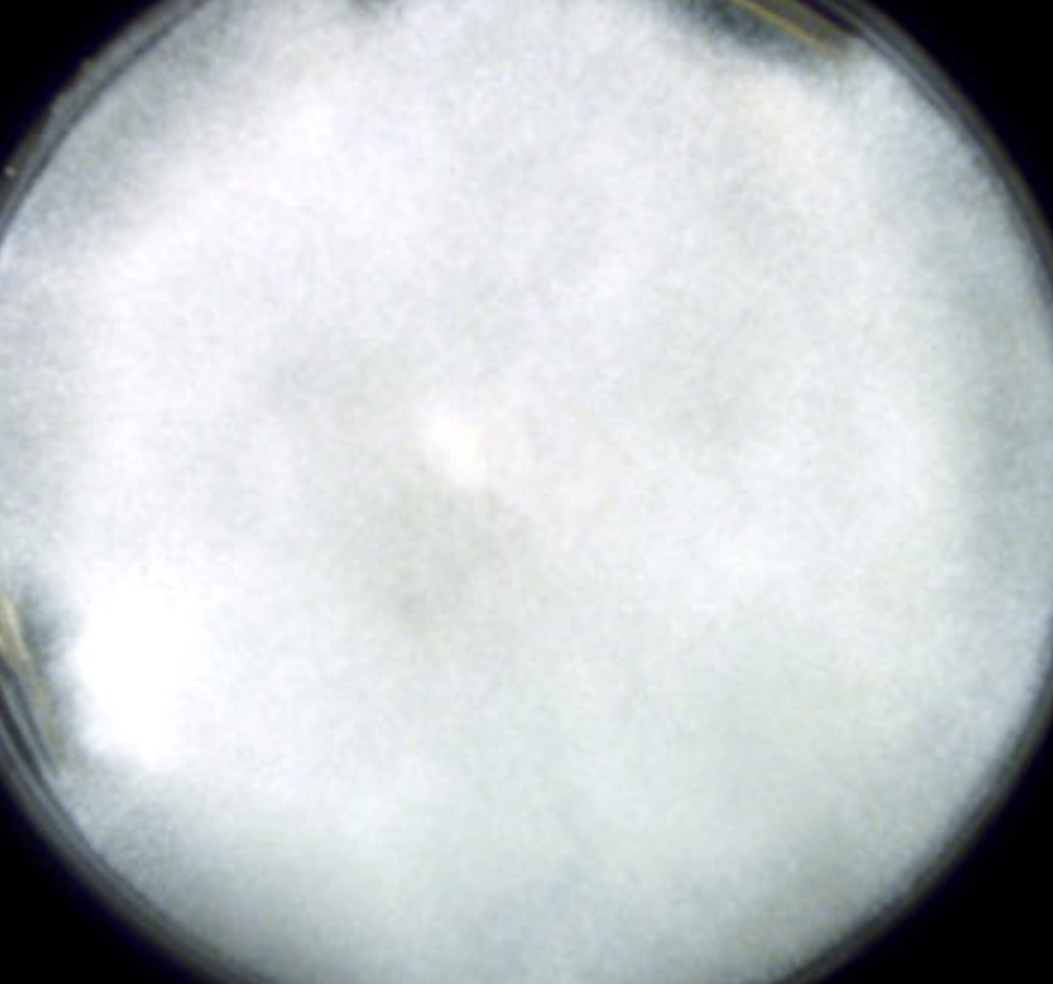
What species is this? Obverse or reverse?
Syncephalastrum obverse
What is located on the sporangiophore of Syncephalastrum spp?
Chains of round spores enclosed in finger-like tubular merosporangia
What organism is Syncephalastrum commonly mistaken for?
Aspergillus spp.
How is Syncephalastrum different than Aspergillus?
Syncephalastrum has conidia inside merosporangia whereas Aspergillus has them in free chains
Syncephalastrum doesn’t have phialides
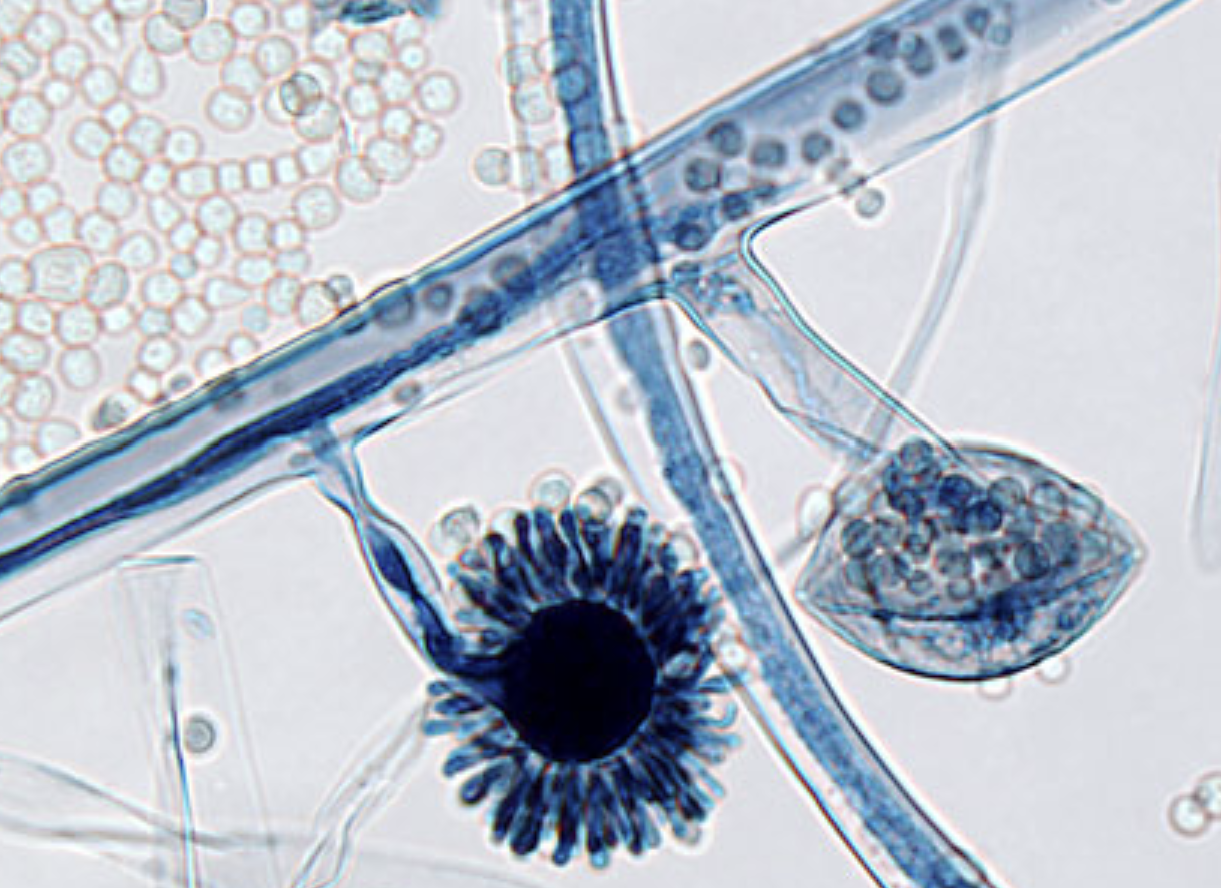
What species is this?
Syncephalastrum